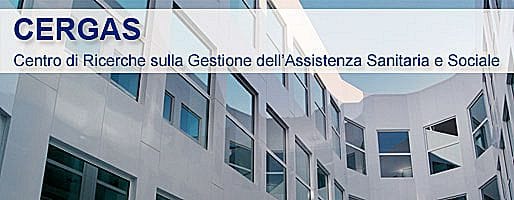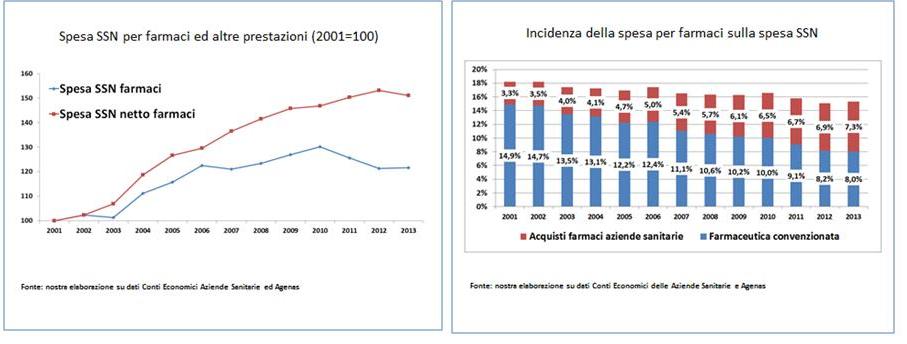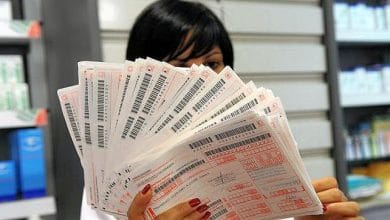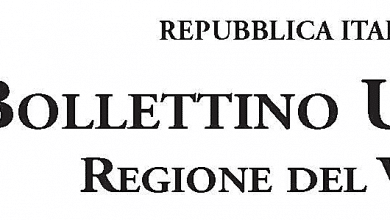
A first piece of evidence is that the unsustainability of pharmaceutical expenditure is denied by the data. Pharmaceutical assistance has also made an important contribution to health care accounting. The second very interesting figure is the consistent variation in the spending mix: more from healthcare companies and less from distribution through pharmacies
THE OECD data show that in Italy current public health expenditure per capita, equal to 2,524 $ PPP - Purchasing Power Parity (Table 1) in 2012, is lower than in Germany, the United Kingdom and France, while it is in line with that of Spain. The growth rates of this expenditure item in France, Italy and Germany in the period 2000-2012 are in line, while they are higher in the United Kingdom and Spain. In the entire time span considered (1990-2012) Italy has the lowest growth rate among the countries taken into consideration, with values among the lowest even if we refer to the last time period (2000-2012).
OECD data show that in Italy current public health expenditure per capita, equal to 2,524 $ PPP - Purchasing Power Parity (Table 1) in 2012, is lower than in Germany, the United Kingdom and France, while it is in line with that of Spain. The growth rates of this expenditure item in France, Italy and Germany in the period 2000-2012 are in line, while they are higher in the United Kingdom and Spain. In the entire time span considered (1990-2012) Italy has the lowest growth rate among the countries taken into consideration, with values among the lowest even if we refer to the last time period (2000-2012).
A first piece of evidence is that the unsustainability of pharmaceutical expenditure is denied by the data.
 Pharmaceutical assistance has made an important contribution to health care accounting. The incidence of pharmaceutical expenditure on NHS expenditure, including drugs purchased by healthcare companies, decreased from 18.2% in 2011 to 15.3% in 2013.
Pharmaceutical assistance has made an important contribution to health care accounting. The incidence of pharmaceutical expenditure on NHS expenditure, including drugs purchased by healthcare companies, decreased from 18.2% in 2011 to 15.3% in 2013.
The second very interesting data on medicines is the consistent variation in the expenditure mix, increasingly generated by purchases by healthcare companies and less by distribution through pharmacies open to the public. Medicines purchased by public healthcare companies today represent 47.5% of the total expenditure for medicines paid by the NHS (against 18.2% in 2001). If we consider that drugs purchased from accredited private structures are not counted, it can be stated that more than half of the expenditure does not pass through pharmacies (or passes through the DPC). The trend is partly shared by other countries: many new drugs are launched on the hospital market. But to this is added the all-Italian peculiarity of alternative forms of drug distribution: in 2014 DD and DPC accounted for approximately 37% of all expenditure for drugs purchased by healthcare companies.
Extract from OSFAR no. 35
Read Report 35 OSFAR – DRUGS OBSERVATORY
Related news: AIFA 14/07/2015. Challenges for the future of healthcare systems and analysis of pharmaceutical expenditure trends in OECD countries and in Italy
AGENAS-GIMBE, Memorandum of Understanding against waste and inefficiency





